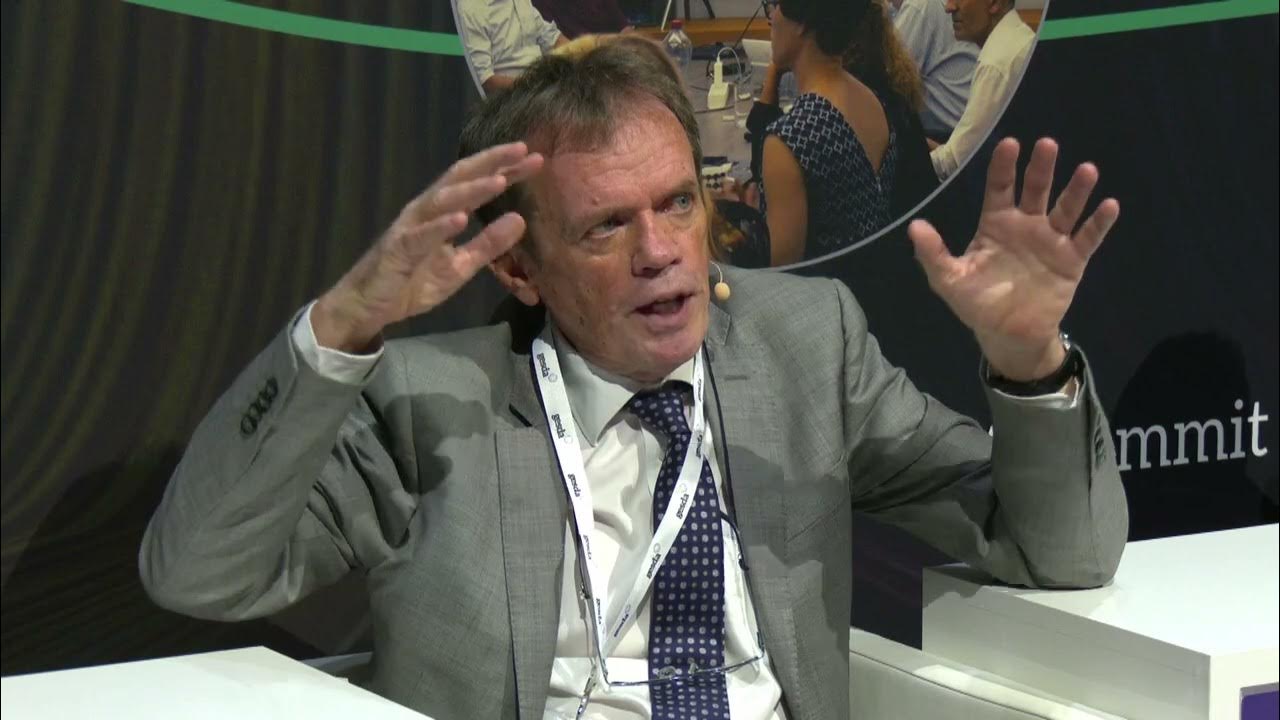
From real-time monitoring of greenhouse gases to modelling the impacts of biodiversity loss, having the right tools to track the current and future health of our planet is critical if we are to remain within safe and just planetary boundaries. What steps need to be taken to ensure more accurate, integrated and routine tracking of Earth’s systems and ensure the health of our planet for generations to come?
Takeaway Messages
“Despite accurate predictions, events such as Hurricane Katrina and European floods, in 2002 and 2005 respectively, demonstrate failures in persuading people to heed forecasts and in coordinated decision-making and preparation by nations, even in developed countries.
”
“Over the past 60 years, CO2 concentrations in the atmosphere have rapidly increased from 320 to 420 parts per million, an unprecedented rise over the last 2-3 million years. Scientists face challenges in understanding the fate of CO2 absorbed by the ocean, land, and atmosphere, highlighting the urgent need for real-time global monitoring.
”
“The World Meteorological Organization’s Global Greenhouse Gas Watch, initiated in 2023, aims to provide sustained, routine monitoring of CO2, methane, and other greenhouse gases globally. This information is intended to empower negotiators at U.N. climate summits and compel parties to take action against climate change.
”
“Private sector involvement in climate solutions requires navigating a geopolitical environment that is much more fractured than when the Paris Agreement was made in 2015. Large companies working to incorporate sustainable goals into their financial plans can use prototype science-based targets for nature but must first build up transition plans, end-to-end value chains for accounting or disclosure mixes.
”
“Earth’s stability and resilience are quantified through a planetary boundaries framework. Of the nine identified boundaries, six have been transgressed, indicating critical degradation, such as the Amazon rainforest releasing more carbon than it absorbs. A global shift to net-zero emissions by 2050 is needed to avoid catastrophic consequences.
”



